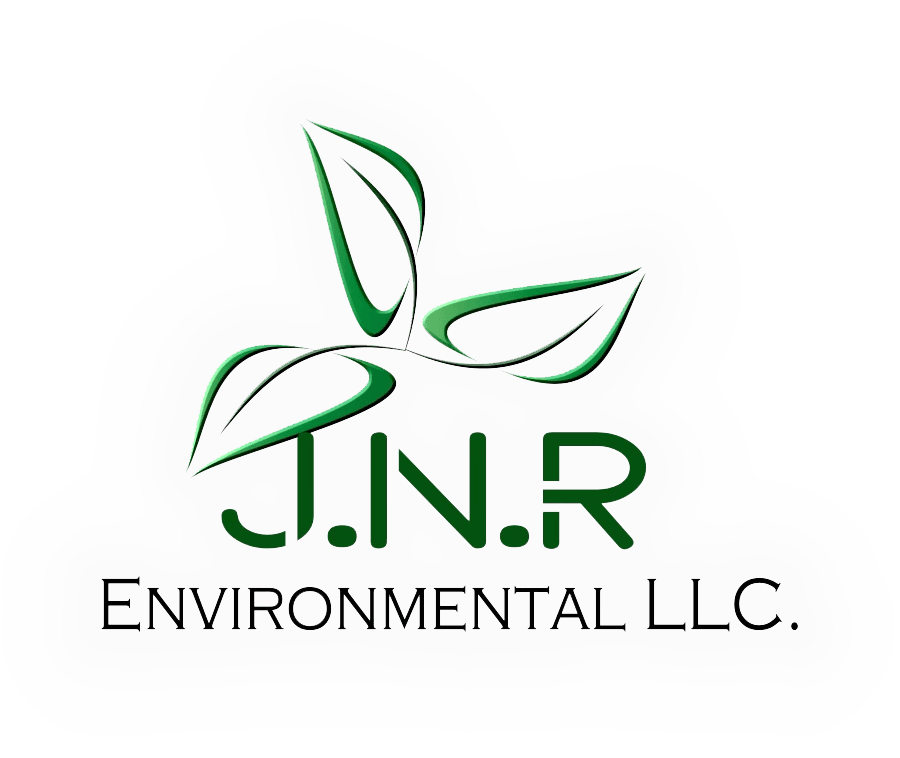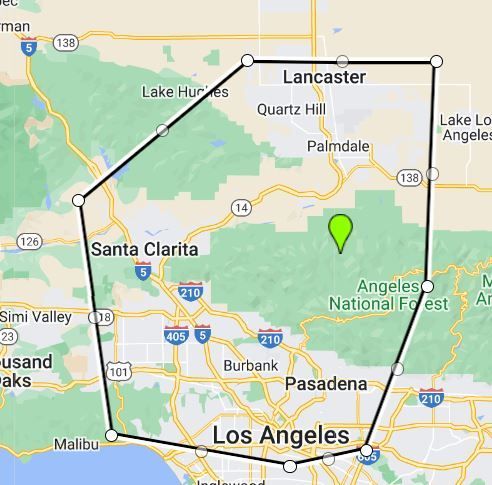Asbestos Removal & Abatement Services
Servicing Los Angeles County
Why Choose J.N.R Environmental?
We are Number 1 for Several Reasons
- Certified in Asbestos Abatement
- Certified in Mold Remediation
- Certified in Lead Paint Removal
- Licensed-Bonded-Insured
- Affordable Rates
- 100% satisfaction Guaranteed
- Commercial and Residential Services Available
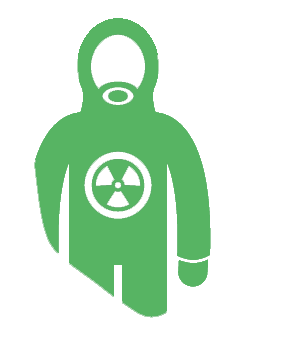
Asbestos Abatement Services
Our Asbestos team works with:
Class I asbestos Abatement
Class 2 asbestos Abatement
Class 3 asbestos Abatement

Mold Remediation Services
Mold can cause serious health issues and infections, but the most common indicators could appear like allergies or the common cold
Lead Removal Services
There is no safe blood lead level. Even with treatment, people may suffer from long-lasting physical and behavioral problems.
When You Require Asbestos, Mold, or Lead Removal Call J.N.R Environmental
Call: 213-478-7492 - Servicing Los Angeles County, California -
Why is asbestos dangerous?
The reason that asbestos is dangerous is because it can break down into microscopically thin fibers. Once these fibers get so small, they can remain airborne for several days after they were first disturbed. Once airborne, these fibers can be breathed in, and since the fibers are so small, they can travel deep into a person’s lungs, where they may eventually lodge in the lung tissue. After these fibers are lodged in lung tissue, they can cause several serious diseases, including lung cancer, asbestosis (a scarring of the lung tissue), and mesothelioma (cancer of the lining of the lung cavity).
Our Asbestos Workers Are Trained In:
- Pre-Asbestos Abatement Activities
- Preparing the Asbestos Work Area
- Setting Up Decontamination Units
- Wearing Personal Protection (Respirator and Protective Clothing)
- Safe Worker Decontamination Procedures
- Safety Considerations in Abatement Area
- Following Guideline For Proper Handling & Disposal of Asbestos Waste
Where is Asbestos Used?
Asbestos was used in a wide range of manufactured products because it has heat-resistant and insulating properties. Asbestos was mainly used for insulating buildings and homes against cold weather and noise, and for fireproofing before 1990. Asbestos was a go-to in the industry and used for construction and commercial sectors in products such as:
- House building materials (ceiling and floor tiles, paper products and felts, roofing shingles, roof sealants, house siding, and asbestos-containing cement and plaster products).
- Transportation friction materials (automobile clutch pads, brake linings, pads and shoes, and transmission parts).
- Protection wear for fire and heat.
- Commercial/Industrial furnaces and heating systems.
- Clothing - asbestos textiles (fabrics).
- Insulation or wrappings for heat, electrical, and sound.
- Hot and cold area Insulation.
- Gaskets, linings, coatings, and other packing materials.
- Plastic products, thermoset, and thermoplastic resins reinforcement.
- Plastics, caulking, asphalt road surfacing, and other filler in resins.
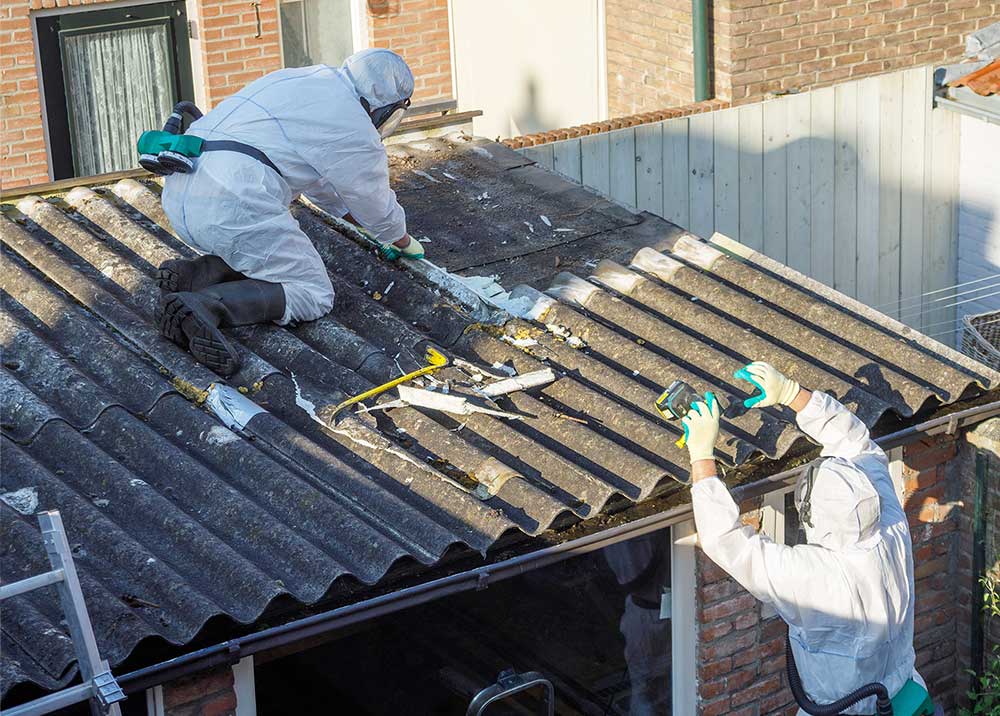
What is the concern about Asbestos?
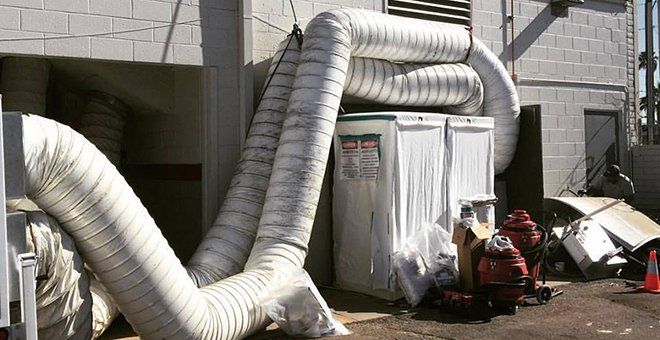
When it is dry, asbestos can be crumbled, pulverized, or powdered so it is considered friable. Very small fibers or clumps of fibers can be released into the air as dust, and inhaling these asbestos fibers during manufacturing or used in applications is the main health concern.
Human health effects from long-term asbestos exposure are well documented, including asbestosis and changes in the lining of the lungs (pleural abnormalities).
Lung cancer and mesothelioma can be caused by all forms of asbestos.
Health risks can be minimal if the materials containing asbestos in your home or work are:
- Tightly constrained in the original product, and is in good condition.
- Sealed and undisturbed behind walls and floorboards.
- Left alone and Isolated in the attic.
- Left totally undisturbed.
How long does asbestos stay in the air?
Toxic asbestos mineral dust can remain in the air for several hours or days, placing anyone nearby in danger of inhaling or ingesting it. In an environmental area with little disturbances, it may take 48 to 72 hours for the asbestos fibers to settle. Because it is so light, if the dust is disturbed, it can easily become airborne again.
How Can Asbestos Affect My Health?
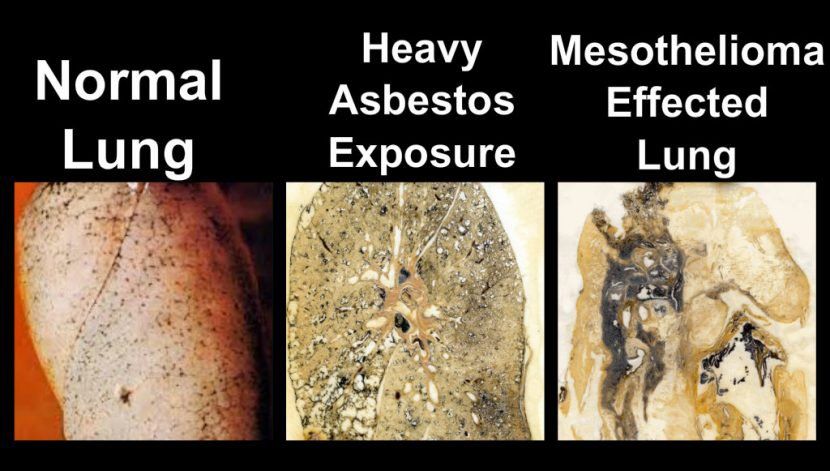
From numerous studies of people who were exposed to asbestos in factories and shipyards, it is now known that breathing high levels of asbestos fibers can lead to an increased risk of:
- Mesothelioma, cancer of the lining of the chest and the abdominal cavity.
- Asbestosis, is a disease in which the lungs become scarred with fibrous tissue.
The number of fibers inhaled determines the risk of lung cancer and mesothelioma The more you breathe in, the higher the risk and the risk of lung cancer from inhaling asbestos fibers is also greater if you smoke. Those who have been exposed to asbestos for a long period of time are at higher risk of asbestosis. Symptoms of these types of diseases do not usually appear until about 20 to 30 years after the first exposure to asbestos.
Most people that have been exposed to small amounts of asbestos, during our daily lives, do not develop these health problems because the fibers haven't been disturbed, however, if disturbed, asbestos material may release asbestos fibers, which can be inhaled into the lungs. The tiny asbestos fibers can remain there for a long time, increasing the risk of disease.
When You Require Asbestos, Mold, or Lead Removal Call J.N.R Environmental
Call: 213-478-7492 - Servicing Los Angeles County, California -
There are 3 types of Asbestos Abatement Work
Class I asbestos work: Class 1 asbestos work involves the removal of asbestos used to prevent heat loss or gain, surfacing asbestos-containing materials and those suspected of containing asbestos.
Class II asbestos work: Class 2 asbestos work involves the removal of nonthermal asbestos-containing materials such as wallboards, floor tiles and sheeting, roofing and siding shingles and construction mastics.
Class III asbestos work:
Class 3 asbestos work involves repair and maintenance operations of any asbestos-containing materials that will likely be disturbed and is the type most likely used for removing asbestos.
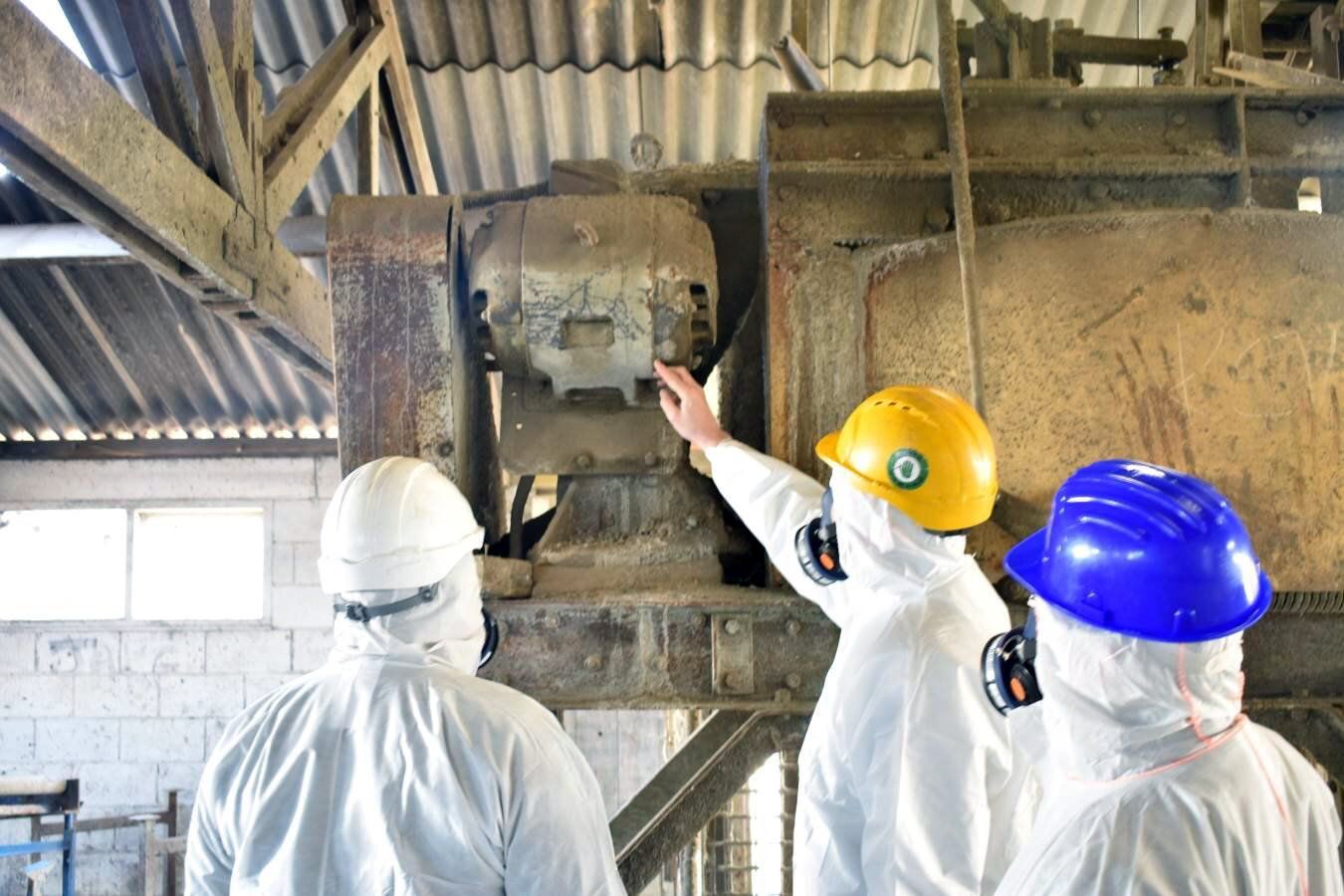
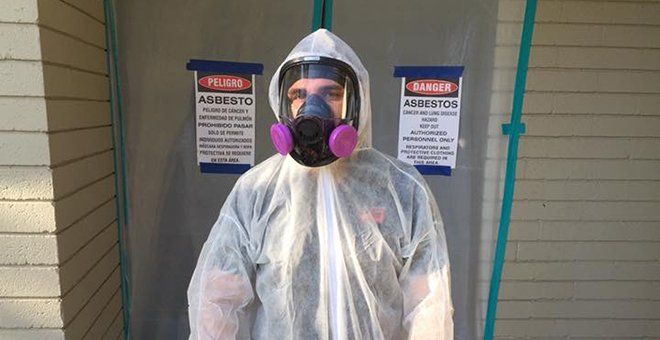
Tips for Hiring an Asbestos Abatement Company
Not all asbestos abatement companies are the same. Some asbestos companies specialize only in asbestos abatement, while others offer environmental services, demolition services, and general contracting services that may include abatement.
Asbestos abatement regulations vary from state to state and city to city, within the U.S., and some extend beyond the federal laws that require Occupational Safety and Health Administration (OSHA) and Environmental Protection Agency (EPA) licensing.
It is strongly recommended to use a licensed asbestos abatement company, although not legally required.
Find an asbestos abatement company that best suits your needs and verify the company's qualifications!
When You Require Asbestos, Mold, or Lead Removal Call J.N.R Environmental
Call: 213-478-7492 - Servicing Los Angeles County, California -
